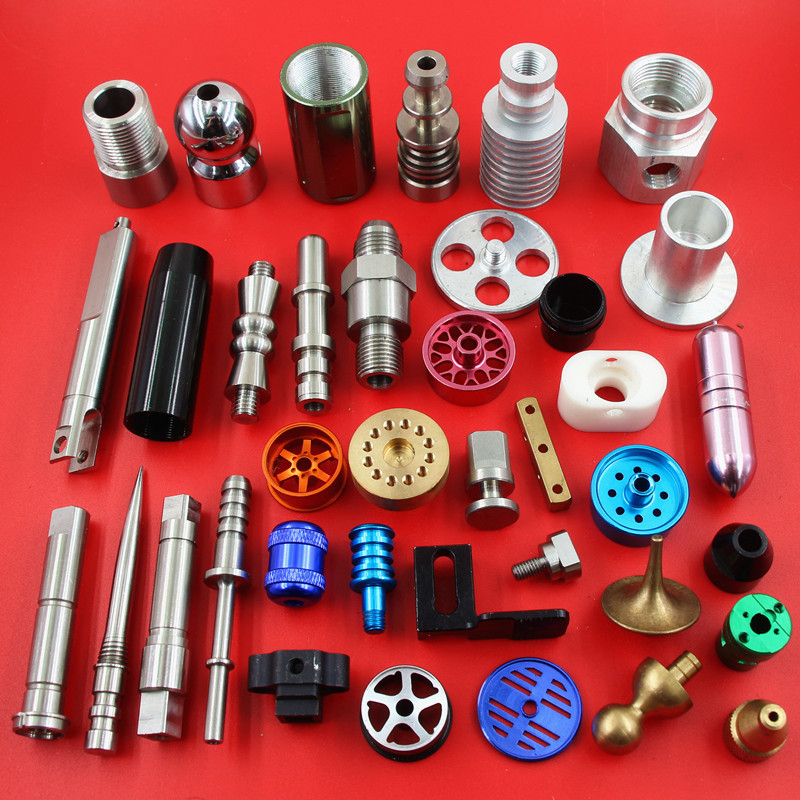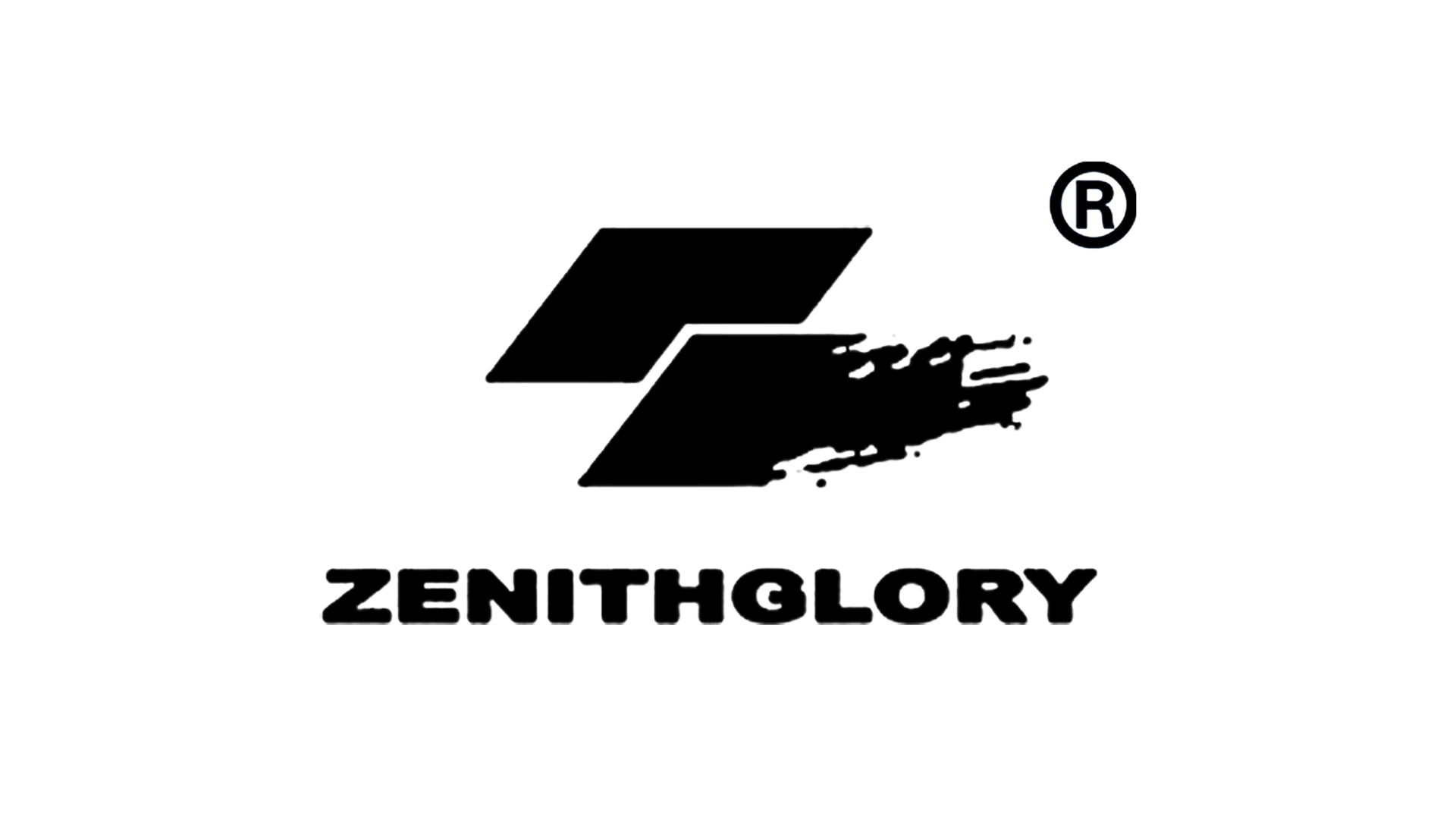
Effective throughput improvement requires more than faster spindles. This guide explains how CNC drilling, when integrated with CNC automation and other CNC processes, drives measurable gains in cycle time, consistency, and total cost of ownership for production managers and decision makers.
Why CNC Drilling Matters for Throughput
CNC drilling is a cornerstone operation in many metalworking workflows. Compared with manual drilling, CNC drilling reduces variation, shortens cycle times, and enables unattended runs. When combined with CNC automation—such as part handling robots, pallet changers and centralized program management—CNC drilling becomes a throughput multiplier rather than a single-step improvement. Integrating CNC drilling with CNC milling, CNC turning and CNC grinding creates process continuity that minimizes bottlenecks across the cell.
Key throughput drivers
- Reduced cycle time per part through optimized drilling paths and peck cycles;
- Increased machine uptime enabled by automated loading and tool monitoring;
- Repeatable hole quality that reduces downstream rework in CNC lathes or CNC milling cells;
- Fewer operator interventions, freeing skilled personnel for higher-value tasks.
Performance Comparison: Manual vs CNC Versus Integrated CNC Machines
Managers need tangible comparisons to make investment decisions. The table below summarizes typical throughput and quality differences (illustrative averages; actual results depend on part complexity and setup).
Technical Considerations for Managers
To achieve the gains shown above, managers must evaluate technical aspects beyond spindle speed. Key considerations include toolpath optimization, coolant and chip evacuation, tool life monitoring, and the compatibility of drill cycles with CNC turning and CNC grinding operations. Compliance with standards such as ISO 230 (machine tool testing) and relevant EN/JIS/ASTM material specifications helps reduce implementation risk.
Tooling and process control
Using high-quality indexable drills or solid carbide drills matched to the material reduces peck cycles and increases feed rates. Tool condition monitoring (TCM) integrated into CNC machines enables predictive maintenance and reduces unplanned downtime. When CNC drilling data is fed into a central MES, throughput planning across CNC lathes, CNC milling, and CNC grinding becomes data-driven.
Practical Steps to Implement CNC Drilling as a Throughput Lever
- Map the workflow: identify bottlenecks between CNC drilling and adjacent processes such as CNC turning or CNC milling.
- Run time studies: quantify cycle time components (drilling stroke, tool change, loading) and target the largest contributors.
- Introduce CNC automation: start with part handling or pallet changers, then scale to robotic loading to enable lights-out runs.
- Standardize tooling: reduce setup time and ensure consistent hole tolerances across shifts.
- Measure and iterate: monitor OEE, scrap rate, and TCO; adjust programs and tooling based on data.
Cost and ROI Analysis
Investment in CNC drilling and automation has an upfront capital cost but produces savings through labor reduction, lower scrap rates, and higher yield. A conservative ROI model might include equipment cost, integration, training, tooling, and incremental maintenance. Typical payback for retrofitting a CNC drilling cell with automation ranges from 12 to 36 months, depending on part mix and utilization.
Example calculation (simplified)
- Annual parts demand: 250,000
- Cost per manual part (labor + rework): $2.50
- Cost per CNC automated part: $1.20
- Annual savings: (2.50 - 1.20) * 250,000 = $325,000
- If integration cost is $600,000, simple payback ≈ 1.85 years.
Common Implementation Pitfalls and How to Avoid Them
Managers often underestimate the importance of process planning. Common issues include poor fixturing, incompatible cycle strategies between CNC drilling and downstream CNC grinding, and insufficient training for technicians. Early pilot runs and cross-functional teams including process engineers, operators, and procurement personnel reduce risk.
Tips
- Invest in modular fixturing to reduce setup times across multiple parts.
- Align coolant and chip-flow strategies across CNC machines to prevent contamination or tool clogging.
- Document standard operating procedures (SOPs) and embed them in the machine HMI for operators.
Procurement and Supplier Evaluation
When selecting CNC drilling equipment or integrated CNC machines, evaluate supplier capabilities beyond hardware: software compatibility (CAM and MES), service network, spare parts lead times, and training offerings. Request performance demonstrations using representative parts and ask for published data on lifecycle costs. For trial purchases, consider suppliers that can demonstrate integration with CNC turning and CNC milling cells and who provide clear KPIs.
For sample systems and turnkey cells, review product literature and ask for references. You may also want to request an on-site pilot or a virtual demonstration to verify claimed throughput. If you need product details from our catalog, see this prototype listing: 无.
Quality Assurance and Standards
Hole tolerance, surface finish and concentricity are critical for downstream assembly, especially when parts move from CNC drilling to CNC lathes or CNC grinding. Implement SPC for hole diameter and position. Adhering to standards like ISO 9001 for quality management and applicable EN or ASTM material standards strengthens traceability and acceptance by customers in regulated industries.
Training, Safety and Maintenance
Successful deployment requires operator training on CAM programs, tool setup and basic troubleshooting. Safety measures—machine guarding, interlocks and lockout/tagout—must be enforced, and automation adds new safety risks that need risk assessment per ISO 12100. Preventive maintenance schedules based on spindle hours and tool changes protect uptime for CNC machines and CNC lathes alike.
Future Trends and Scalability
Connectivity (IIoT), adaptive control and AI-driven toolpath optimization are the next wave for CNC drilling and CNC automation. These advances enable dynamic feed/speed adjustments and predictive maintenance across CNC mills, lathes and grinders, further improving throughput. Plan purchases with open connectivity and software update paths to protect your investment.
Why Choose Our Support for CNC Throughput Projects
We combine hands-on experience integrating CNC drilling with full machining cells, strong supplier relationships and a documented approach to ROI and quality. Our team supports pilot programs, process validation, and operator training aligned with industry standards. Contact us to discuss a pilot study tailored to your parts, and we will help you quantify throughput gains and payback.
For managers and evaluators, the combination of robust CNC drilling, strategic CNC automation and harmonized downstream processes such as CNC turning, CNC milling and CNC grinding delivers predictable, scalable throughput improvements. With careful supplier selection, standards compliance and a data-driven rollout, CNC drilling evolves from a static operation into a central throughput enabler across manufacturing cells and enterprise production lines.

